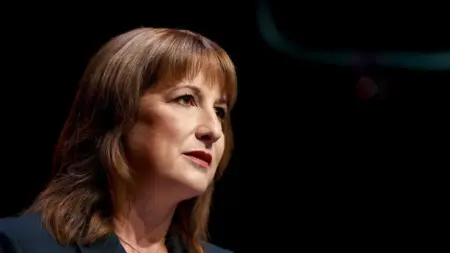UK government borrowed less than expected last year
The UK government borrowed less than expected in the financial year ending 31 March, despite providing support for households’ energy bills and facing higher borrowing costs.
Official figures showed borrowing of £139.2bn ($189.7bn), which was £18.1bn more than the previous year, but less than the £152bn predicted by the government’s forecaster last month.
Nevertheless, borrowing for the current financial year was equivalent to 5.5% of the UK economy – its highest percentage since 2014, excluding the pandemic. The rise in tax receipts was offset by higher spending on energy support for households and businesses, while the government borrowed more to cover debt interest, which has risen due to inflation.
Public sector net debt at the end of March was £2.53tn – equivalent to around 99.6% of the value of the whole UK economy – a level not seen since the early 1960s.
Chancellor Jeremy Hunt stated that although the country could not “borrow forever,” borrowing eye-watering sums was necessary to help families and businesses through the pandemic and the energy crisis.





